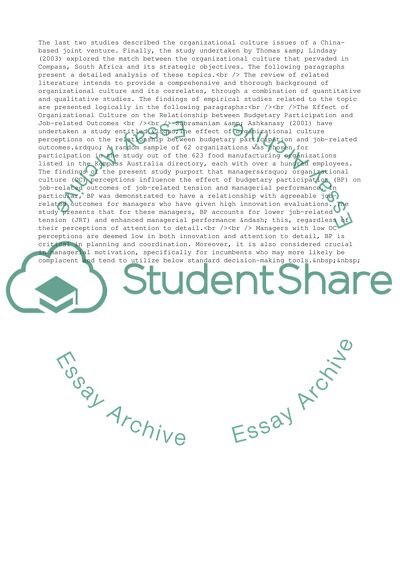Cite this document
(Managers Perceptions of Organizational Culture Annotated Bibliography - 4, n.d.)
Managers Perceptions of Organizational Culture Annotated Bibliography - 4. Retrieved from https://studentshare.org/management/1702895-literature-review
Managers Perceptions of Organizational Culture Annotated Bibliography - 4. Retrieved from https://studentshare.org/management/1702895-literature-review
(Managers Perceptions of Organizational Culture Annotated Bibliography - 4)
Managers Perceptions of Organizational Culture Annotated Bibliography - 4. https://studentshare.org/management/1702895-literature-review.
Managers Perceptions of Organizational Culture Annotated Bibliography - 4. https://studentshare.org/management/1702895-literature-review.
“Managers Perceptions of Organizational Culture Annotated Bibliography - 4”. https://studentshare.org/management/1702895-literature-review.


